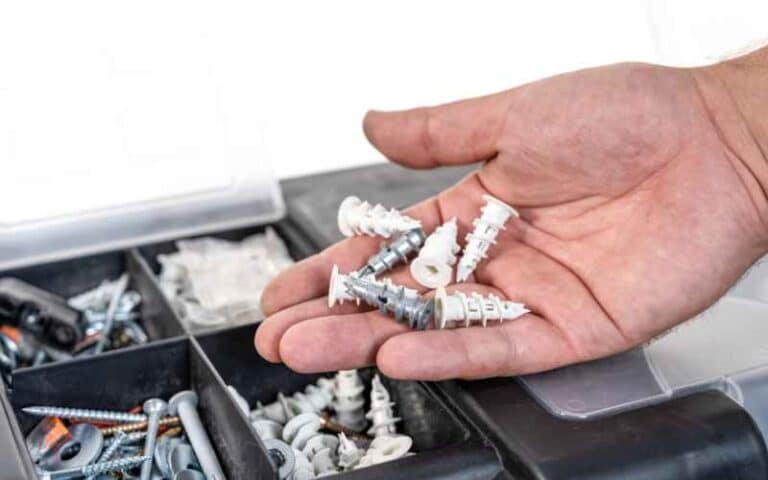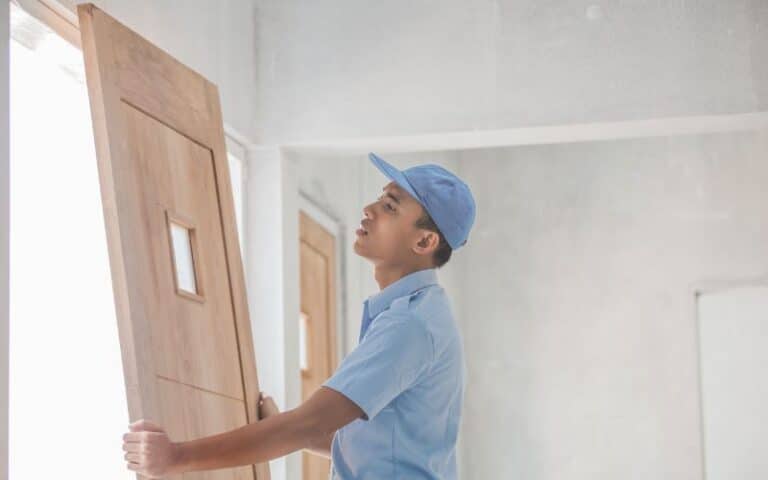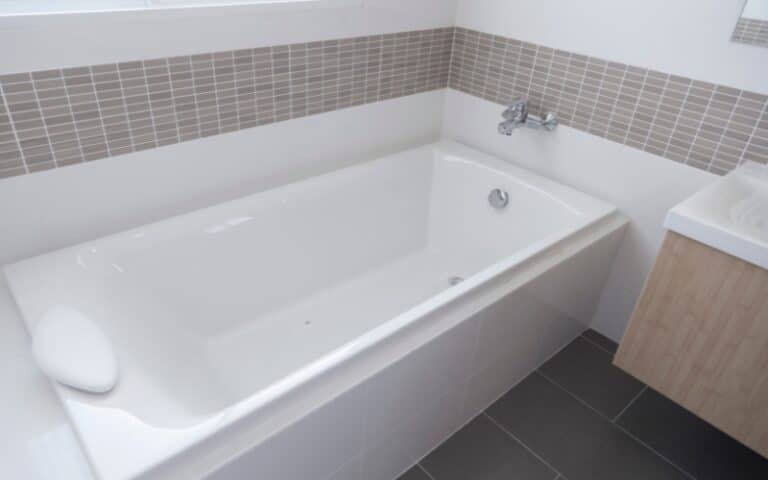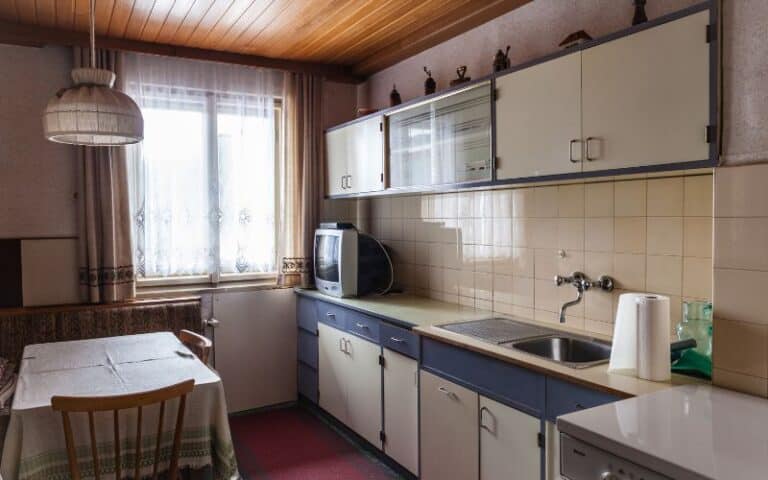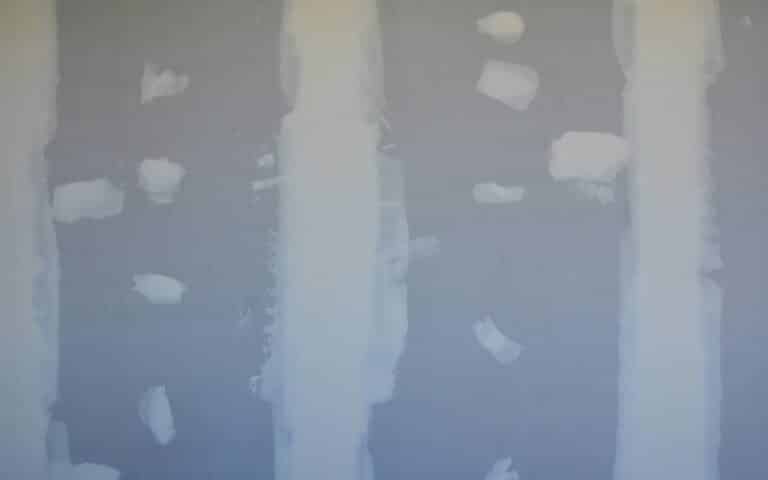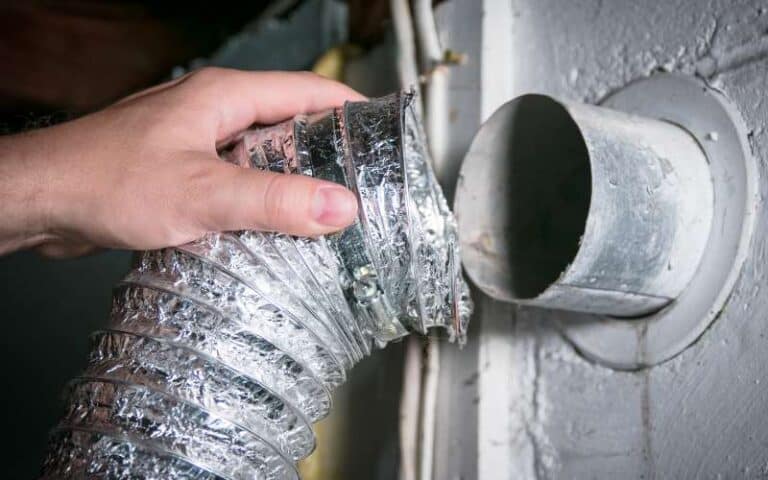Taping is frequently mentioned when considering drywall or a different style for the walls of your home or workspace.
Taping is aesthetically pleasing and a safety requirement that will always come up.
If it’s so imperative, what is taping, and why does it matter? Read on to know more.
The sole purpose of taping drywall is to bind the surrounding layers together. By doing this, it reduces the possibility of cracks and movement. Furthermore, it increases longevity and ensures the internal panels are adequately covered. When the tape is put in, they give the wall a seamless and smooth finish.
After reading this, you will understand the essence, process, and steps to tape drywall.
Also, you’ll be able to tell the differences between the two types of drywall taping.
Ready for a Drywall Quiz?
What is the Purpose of Taping Drywall?
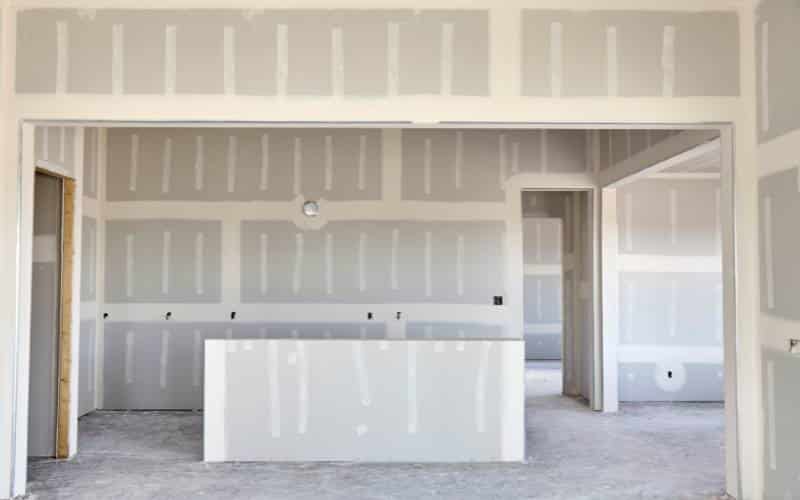
The panels and edges of drywall interconnect after mudding, which doesn’t give it a neat appearance.
By taping drywall, you create a physical bond between the gaps between the adjacent layers of drywall.
Also, they contribute to the durability and flexibility of the drywall sheets, which embody the thin layer of joint compound.
Afterwards, smoothen the layer to give a seamless finish to the drywall.
Smoothing the layer reduces the panel’s cracking and movement and ensures structural support.
It is a crucial way to cover the seams and joints of drywall layers and panels, leaving a perfect finish to the wall.
Use a putty knife when filling gaps or seams with a decent quantity of joint compound while installing drywall panels.
The putty knife allows even spreading, smoothing, and levelling out the wall covering.
After that, the gentle application of taping can come next. Unfortunately, applying improper tapes on a drywall joint can eventually lead to cracks.
These cracks will form when there is a slight temperature change, and this will cause movement and rapid ageing of the building structure.
It weakens the finishing on the wall when there are cracks. Using drywall tape saves you a lot from these possible aftermaths.
If drywall is appropriately done, detecting certain irregularities in other panels or layer finishes would be difficult after the wall is painted.
Drywall taping is one of the reasons why many opt for this method when finishing is critical.
Is Taping Necessary for Drywall?
Drywall tape is essential to seamlessly cover seams, gaps, and corners of rooms and spaces.
Some might question the need for tape in drywall since the tape is used only to smooth the surface.
Taping joins various layers of drywall which involves a joint compound coat of drywall mud and then the panel, which holds them together.
The tape covers all dents, cracks, and gaps and ensures a smooth finish to the surface.
Also, it covers the gaps as well as the panels internally. The seal conceals where the panels meet by pressing onto the corners.
How Do I Tape Drywall?
There are many processes involved in drywall taping. Drywall-taking may not be problematic but requires ethical tools, correct methods, and tolerance.
Taping drywall is the hardest part of installing drywall. As a result, most DIYers usually call for professional help at this stage.
Drywall taping requires various layers of mud that must be smooth. Smoothing the mud on the wall can be challenging as it requires skill to pull through.
Also, when applying drywall tape, particularly to corners of a room, ensure there is an alignment of some sort to avoid irregularities.
While mastery is crucial to drywall finishing, tape material matters a lot.
Before drywall taping, the first consideration that should be understood is the material of the tape.
The different properties of drywall tape can affect the method and area where it will be installed.
Drywall tapes are made out of fiberglass mesh or paper. To drywall like a pro, here are the ways to do so.
#1. Using Paper Drywall Tape
When opting to use paper drywall tape, ensure the application of drywall compound all over the joint that needs coverage.
It doesn’t need to be flawless; it only needs full region coverage.
After it is done, you can apply paper drywall tape. Before application, ensure it is placed in the region of the joint that spreads out.
When placing the tape in the joint, smoothen and flatten it out to allow the joint compound to seep through the tape.
Allowing it to seep through the tape confirms that air bubbles are absent between the wall and the tape.
#2. Using Fiberglass Mesh Tape
By using fiberglass mesh drywall tape, you don’t need to apply joint drywall compound.
Fiberglass mesh removal doesn’t require the joint drywall compound to dry; this will also fasten the finishing procedure.
However, applying drywall compound over the fiberglass mesh tape is crucial.
You’ll need to apply at least two coatings of the compound joint before moving on to the next part. You may wonder, which of the drywall tapes can I use?
The only consideration you should have is the daily conditions that the drywall must endure. But here’s what you should keep in mind.
Covering the basement or bathroom walls with a joint compound with fiberglass mesh drywall tale is most suitable.
Paper drywall tape is improper since it might not hold up to even the subtlest amount of moisture.
On the other hand, paper drywall tape is suitable for corners of a space.
Below is a table showing the disparities between paper and fiberglass mesh drywall tape.
| Paper Drywall Tape | Fiberglass Mesh Drywall Tape |
|---|---|
| It is suitable for both drying-type and setting-type compounds | It is ideal for setting compound |
| It doesn’t stretch or flex as much and does create stronger joints. | It is more elastic, so joints are more likely to develop cracks. |
| It is suitable for corners. | It is suitable for flat surfaces. |
| It is a non-adhesive tape. | It is a self-adhesive tape. |
Should I Fill Gaps in Drywall Before Taping?
Yes, filling in gaps over ⅛ inches in drywall is imperative before taping.
⅛ wide or inch gaps between drywall layers give drywall installation a rough and inexpert impression. Therefore, it’s even more important to fill them up before taping.
However, after filling the gaps with the joint compound, please wait for it to dry before taping. Allow it to dry first because the joint compound shrinks.
So, applying tapes to a wet joint compound may distort the previous layer of the joint compound and the tape.
As a result, prefilling the gaps and letting them dry out before applying tape will not distort the tape.
Are you looking to fill in the gaps? Then get your hands on an all-purpose joint compound.
Additionally, you’ll need to purchase a putty knife, a Drywall knife, a Corner clincher, a Drywall hawk, a hawk trowel, and taping knives.
To refill gaps on drywall, gently squeeze the joint compound into the joint.
Then, wipe off the excess compound on the putty blade, as you’d want to avoid mud build-up on the drywall surface.
Afterward, wait a whole day for the joint compound to dry appropriately before layering the tapes.
Do you Have to Tape Drywall Corners?
Yes, it is crucial to tape drywall corners because they have tape in the joint compound.
Taking the joint compound in the corners reinforces the joint, mud, or joint compound as it holds the tape firmly.
As you smear the joint compound into the corner areas, the tape will easily wrinkle to ensure a tight fit when applying the joint compound.
The suitable tape to use in corners is paper drywall tape. In addition to providing mechanical strength, the paper drywall tape ensures flat corners.
So, if you’re going for a smooth finish to the corners of your space, drywall taping is the way to go.
FAQs
What Will Happen When You Don’t Tape Drywall Joints?
When you don’t tape drywall and skip layering with joint compound to fill in gaps and seams, the holes and seams will become noticeable after drying up.
Is It Possible to Fix Drywall Cracks Without Tape?
It is possible to fix drywall without tape, but it isn’t advisable. If you don’t seal the drywall seams or cracks with tape, they will expand in the same area, causing more damage.
Do You Need to Tape Joints When Plastering?
For securing joints, plastering and scrim tape are essential. If you don’t tape the joint, the plasterboard will be unstable.

